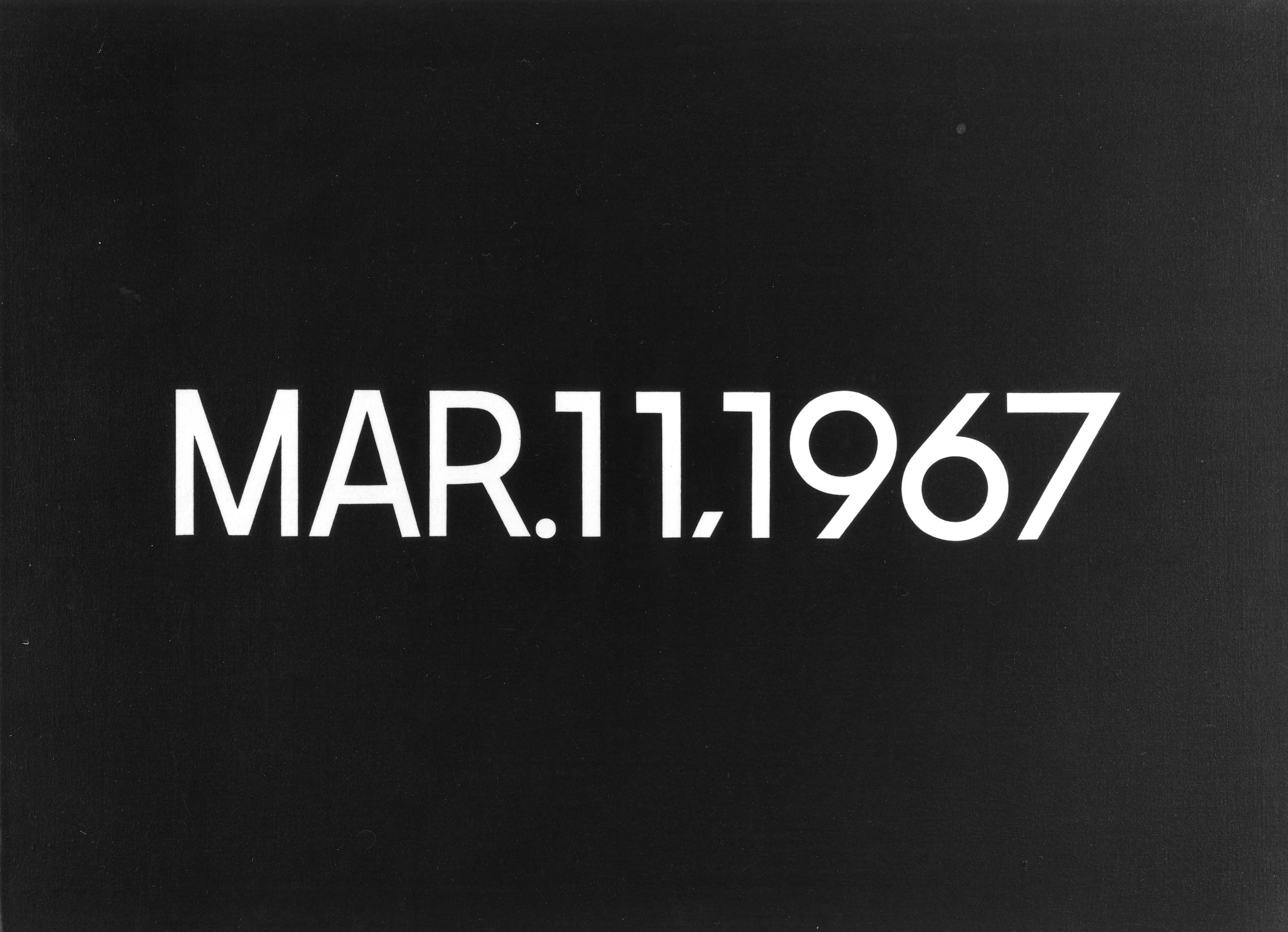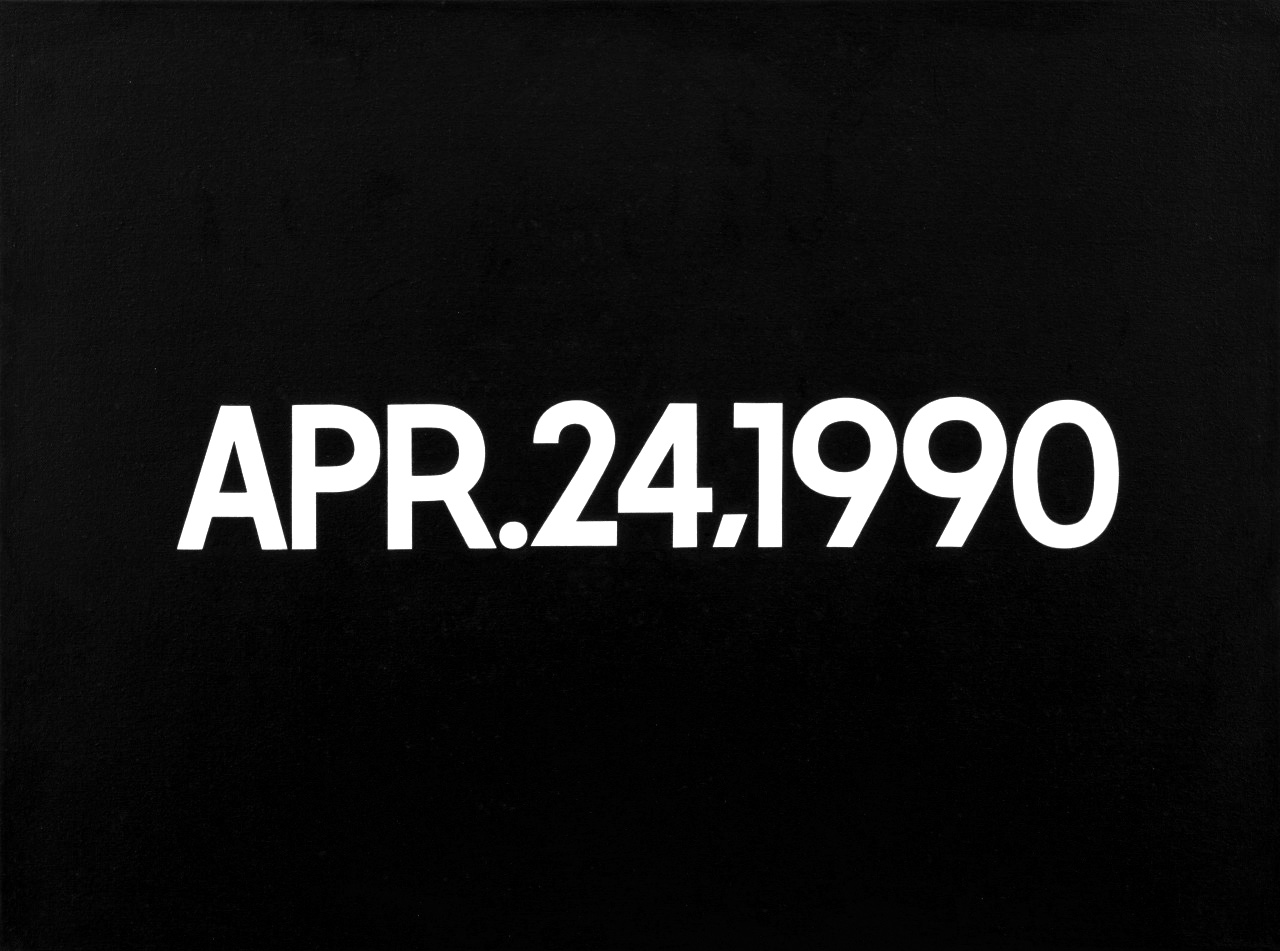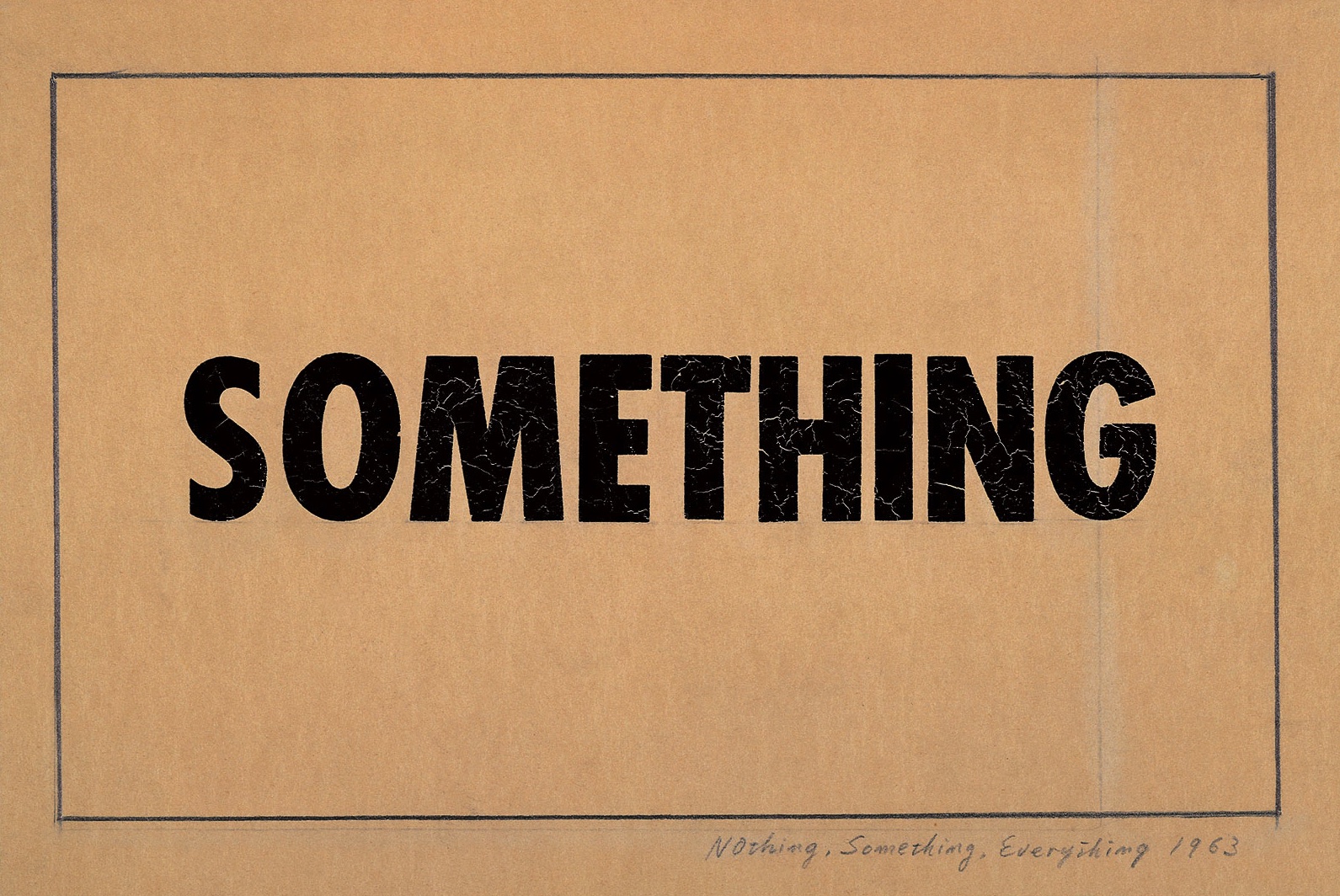What is your story?
As a designer who loves systems, processes and methodology, I adore On Kawara’s structured approach to art and painting. Kawara was a Japanese conceptualist. Almost every day of his life, he meticulously painted the current date in the date format of the country he was in. If he didn’t finish his painting by midnight, he’d destroy it right away.

Kawara was obsessed with time and place. Throughout his life, amongst many other artworks, he created about 3000 of these super clean, and beautiful date paintings.

When I was in London recently, I bought a cheap postcard replica of one of his date paintings. I was in a creative downfall at the time, pondering. I turned to writing, but didn’t really know what to write about. I wanted to create, but didn’t feel very inspired.
So I gave up trying, comforting myself that no matter what, some days we just suck at what we do.
It was in this mindset that the Kawara postcard struck a chord. It made me think and somehow gave me a mental boost. I realized the painting reminded me of two important things:
- If I want to write, every subject makes a good story. There’s no need to think big.
- When it’s hard to get into a creative flow, I just have to get started.
1. Every subject makes a good story
From my early to late twenties I was co-publishing a music magazine. I wrote album reviews on an almost daily basis. I enjoyed doing it and found it to be relatively easy even. As promo cds were mailed in, the topic was always there. I just picked a cd from the pile, started writing and hit publish.
Blogging is much harder. There is no stack of subjects in a mail box waiting to be tackled. So what to write about? What on earth could be of interest to people? What do I have to say that is relevant to this world? Obviously, questions like these are quite counterproductive…
It was with great surprise that I recently discovered these questions are in fact universal in nature. Even Fyodor Dostoyevsky wrote something about this in the nineteenth century already. Somewhere in White Nights, the Russian novelist hints:
But how could you live and have no story to tell?
There’s no such thing as lack of topic. To live is to have a story to tell. There is always something you deeply care about. It doesn’t matter how big or small you are. It doesn’t matter what job you have or what industry you’re in. Maybe it doesn’t even matter if your story is relevant or not. What matters is whether you decide to share your story with the world, or not.
So I have decided to share more of my stories, and this is just one of them. Because I realized I want to write more. I love the process. I love the structure it brings to the mind. And I know writing leads to interesting opportunities.
At some point early in his career, On Kawara decided to share his obsession and paint his first date painting.
Dostoyevsky and Kawara give me the confidence that as long as what I write fascinates me, it will resonate with people. I just have to get started and trust something will come out of it.

2. I just have to get started
Of course something will come out of it. And so I promised myself that even at times when writing appears to be the hardest thing there is, I’ll be at my desk struggling anyway. Because a long while ago, Chuck Close taught me it’s in the process that ideas emerge. And throughout the years I found that to be the simple truth: it pays to struggle.
According to the American contemporary artist — and contrary to popular belief — if you want to do creative work, inspiration is absolutely unnecessary and somehow deceptive. The quote from Close below is targeted towards artists, but it applies to any creative:
The advice I like to give young artists, or really anybody who’ll listen to me, is not to wait around for inspiration. Inspiration is for amateurs; the rest of us just show up and get to work.
If you wait around for the clouds to part and a bolt of lightning to strike you in the brain, you are not going to make an awful lot of work. All the best ideas come out of the process; they come out of the work itself. Things occur to you. If you’re sitting around trying to dream up a great art idea, you can sit there a long time before anything happens. But if you just get to work, something will occur to you and something else will occur to you and something else that you reject will push you in another direction. Inspiration is absolutely unnecessary and somehow deceptive. You feel like you need this great idea before you can get down to work, and I find that’s almost never the case.
For at least some of my recent blog posts, I just sat down and started to write. I initially decided on a topic, but ended up publishing a post about a different subject. It was indeed in the writing process that interesting things happened, that I discovered new ideas and faced new insights.
Writing forces to deeply reflect about a topic. And when immersed in a topic, brain cells create crazy new connections.
I’m pretty confident On Kawara at some point realized that the best ideas come to you when you’ve fully immersed yourself into your work, engrossed in a topic that fascinates you. And in that sense, the date paintings may as well have been a way for him to get into his studio every day, immerse himself into the topic of his fascination, and just start working, trusting it would trigger his mind into other art ideas as well.
Of course that’s all just assumption. It’s just my story. And it probably doesn’t matter, but I decided to share it anyway.